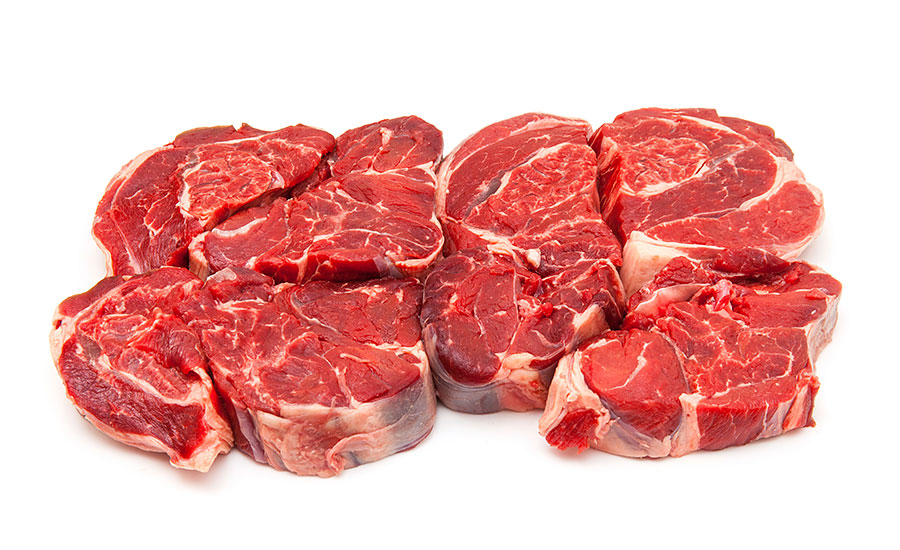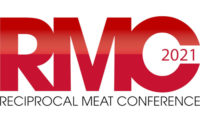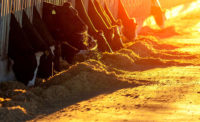In 2014, we were asked to consider and address the fact that many people in Malawi, particularly women and children, are anemic and lack iron in their diets. One of the main reasons for the lack of iron in people’s diet is lack of a sustainable and readily available source of protein. This led us to implement and assess a goat meat intervention for woman and children at the Grace Center in Malawi, Africa, which is operated by Circle of Hope International (COHI).
Malawi is one of the poorest countries in the world. According to the World Health Organization, the Malawian people have an average lifespan of 57/60 years (males/females) and the child mortality rate is 66 percent for children under the age of 5 years (WHO, 2015).
Malawians face malaria, diarrhea, and many other diseases that are preventable or treatable in developing countries. Most Malawians also are malnourished and food insecure. Food insecurity is defined by the World Food Programme (2017) as lack of “availability and adequate access at all times to sufficient, safe, nutritious food to maintain a healthy and active life.”
Although most rural Malawians have access to nsima, a corn-based product that helps their bodies to feel satiated, it offers little in the way of balanced nutrition. Given these factors, the question became “how can we provide a bioavailable source of protein to the Malawi people in a sustainable way that does not take a food source from the people?”
The goat feeding intervention
To intervene, we fed four ounces of bone-in goat meat to 22 women and 22 young children (ages 2-5) five days a week for one year at the Grace Center.
Children’s development (social, motor, pre-literacy, cognitive, physical, health) was assessed every three months for a year, except for one month due to the rainy season. The goat meat feeding continued for the entire year. Community Health Educators who work for COHI were trained to complete the assessments, which were adapted from commonly used assessments in the United States. Physical development and health were measured by children’s height, weight, temperature, presence of illness, and a finger prick to assess their hemoglobin level.
Results
Children’s smiling and laughing (indicators of socially oriented behavior), height, weight, and hemoglobin levels increased within the first three months of the project. Children’s peer relationship scores and social skills scores decreased across the year, likely because as children gained more energy to engage with one another, they were rated by teachers as less socially skilled due to the novelty of this set of behaviors.
The most consistent benefit of goat meat consumption across the yearlong intervention was the increase in children’s average height (38.1 to 40.17 inches), weight (33.9 to 35.6 pounds), and hemoglobin levels (7.47 g/DL to 11.06 g/DL), even after controlling for child age. These results are important and suggest that 12 months of regular goat meat consumption makes a considerable positive impact on children’s development, both in terms of their physical health and their social skills.
Behaviorally, comments from the teachers were perhaps most indicative of the effect of the goat meat consumption. Teachers were used to children in their classroom who were lethargic and not focusing or learning. After just three months, teachers had engaged, awake, loud, and interactive toddlers and preschoolers. Children’s developmentally appropriate aggression (e.g., pushing a peer to get ahead of them) also increased due to their ability to now engage with their peers. In the first three months, there was a noticeable difference in children’s ability to respond to us, to play and to sit in their classrooms and learn.
Reports from mothers: Mothers also reported benefitting from the goat meat intervention. For example, mothers reported having more energy, being able to walk two miles farther to get water for their families, and overall felt better at the end of the intervention. They also noted that their children were more energetic and alert.
Training to raise and harvest goats: Simultaneously with the goat feeding, Malawians were trained on raising and harvesting goats. The loss of animal raising and harvesting capacity and knowledge due to the AIDS pandemic created a severe limitation in the teaching of production and harvest practices. The teaching of the basic concepts for the needs for the goats for grazing, feed and water as well as for their health care for the animals was often a slow, long process, but it had great rewards. This was a crucial aspect to our focus on a sustainable intervention.
Conclusion and future directions
Having established the effectiveness of the goat meat intervention, we are now working on the next steps to combat food insecurity in Malawi. We are currently working on making the goat meat shelf-stable and food safe (in the form of powder to be added to nsima) since there is little access to refrigeration in the country. We will then train Malawians to create the power. We then want to replicate much of our initial study with the goat meat powder to verify its effectiveness in supporting children’s growth and development.
We also hope to conduct a feeding intervention with pregnant mothers and assess their health and well-being through pregnancy and the first four to five years of their child’s life. This type of study will not only be effective in illustrating the importance of good nutrition throughout pregnancy and in the first few years of a child’s life, but also that improving the health of mothers will improve long term outcomes for their children.
Throughout all of our work in Malawi, our goal is sustainable interventions that equip the people with knowledge, skills and hope to work toward their own solutions to food insecurity. We hope that our approach can be used as a model throughout Malawi and other developing countries. NP




Report Abusive Comment